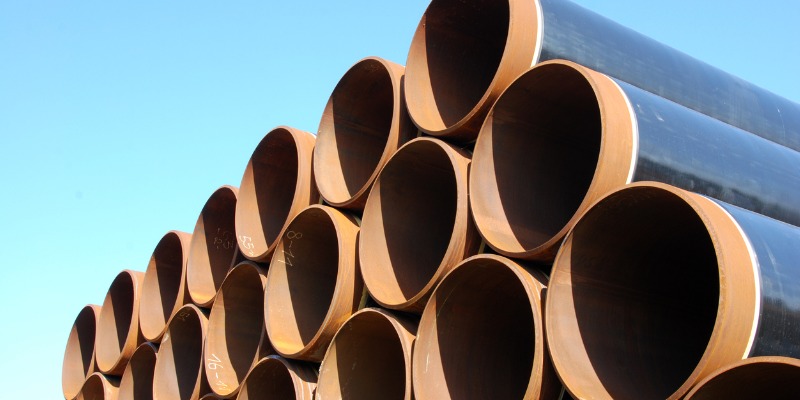TMX pipeline demonstrates dire need for regulatory reform

According to the Trans Mountain Corporation, the costs to complete the Trans Mountain Expansion (TMX) Pipeline project has ballooned to almost $31 billion or about six times higher than the estimated $5.4 billion when the project was proposed in 2013, with an estimated completion date of early next year. In the original proposal, oil was to start flowing in 2019, so besides being more expensive, it’s five years late.
How did things go so wrong? Given that the project is nearly built, it clearly wasn’t a lack of technology or engineering know-how. No mechanical disasters have made the news. The physical construction challenges don’t seem to have been a problem. What seems to have caused costs to skyrocket are the costs of delay. The longer it takes to get something done, the more time there is for events to transpire and costs to inflate and change the initial calculus of an investment. And regulatory delays for TMX were abundant.
Let’s review. Trans Mountain submitted its application to the National Energy Board (NEB) on Dec. 16, 2013. It took 3 years (to May 29, 2016) for the (NEB) to rule on the TMX pipeline, and the NEB’s report, which set 157 conditions for approval, came in only months before construction was originally slated to commence. Did the NEB really require three years to review a single energy infrastructure project? The plan to physically build the thing was only expected to take two years. At the end of the three-year regulatory process, Kinder Morgan estimated the price tag had already increased $2 billion, boosting it to $7.4 billion.
Then, British Columbia’s government declared war on the pipeline and began to use “every tool at its disposal” to stop the project, which primarily involves delay and denial of construction permits by the province and localities in B.C. On Dec. 7, 2017, the NEB put an end to B.C. obstructionism but added another year-and-a-half worth of cost escalations onto those in the prior delay, and another couple of billion dollars to the cost estimate.
Even then, delays continued. In 2018, the Federal Court of Appeals rejected the federal government’s approval of the project, and the Trudeau government’s minister of natural resources required yet another environmental assessment, this one focused on shipping impacts on whale populations off B.C.’s coast. The minister also kicks off a new round of open-ended Indigenous consultations. In June 2019, six years after the project was first proposed, the federal government again approves the project.
At the end of the day, a relatively straightforward infrastructure project that was expected to take only two years to build—not rocket science—has taken more than 10 years to near-completion and cost five times as much as when it was proposed, largely because of regulatory delay.
That’s hard evidence of a profoundly dysfunctional regulatory process. And it’s a dysfunction that deters investment. According to the Fraser Institute’s annual survey on energy investment competitiveness in Canada and the United States, investors rated cost of regulatory compliance as the major policy factor that deters investment in Canada. Uncertainty about environmental regulations was also a deterrent to investment.
Without serious regulatory reform efforts, that involve expeditious time-delimited governmental review, Canada should get used to a world where it can’t get things built, because only insane investors would look at the TMX process and think, “I’d like to put my money into any project requiring significant construction in Canada.”

